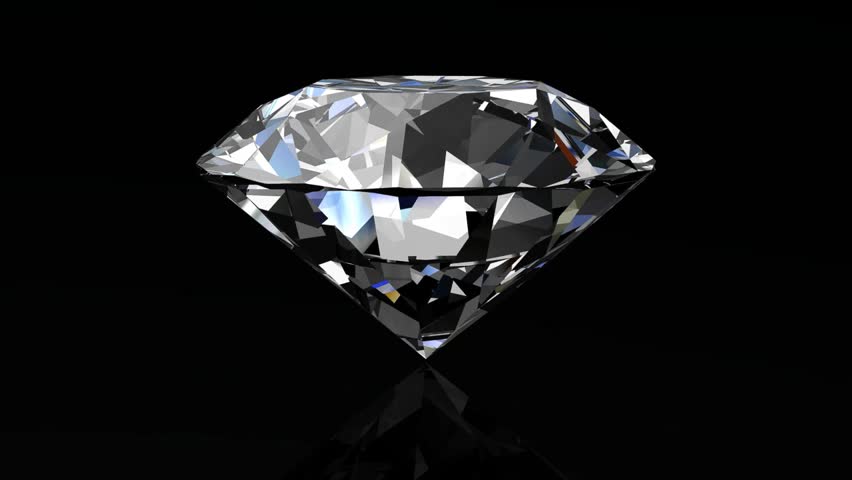The Clarity of a diamond is in the eye of the beholder; there’s so much more to it than what the report or certificate states.
What is the clarity of a diamond, how is it measured? And how does a diamond receive a clarity grade?
It all depends on the relief of the inclusions within the stone. Relief – the intensity or measure of visibility of the inclusions in a diamond to the naked eye. When a diamond is forming in the earth, there are so many different things happening to it. The heat and temperature needed to create a diamond is immense. How immense? How about 725,000 pounds of pressure per square inch. And not just that, just imagine this happening 100 miles below the surface of the Earth. Don’t forget the heat – 2,200 degrees Fahrenheit all encompassing the carbon deposits. But that is not the end, it has the be surged towards the Earth’s crust to rapidly cool. And in this molten process, it captures little fossils of time, known as inclusions.
My favorite analogy: these inclusions are very similar to Amber piece in the original Jurassic Park movie. Do you remember when the doctor shows the cast the piece of Amber with a mosquito trapped within it? “Bingo! Dino DNA!” (Great cinematic exaggeration, and my favorite part of the film haha!)

These inclusions get trapped within the Diamond when it is cooled through the Earth’s mantle and crust.
The Earth is comprised of many different elements, mainly carbon (Diamond’s original composition and structure) and pretty much everything on the periodic table. So obviously every diamond is different and every inclusion is unique to its own stone. The environment that diamonds are formed in are consistent with the way Garnets and Crystals and other Carbon based compounds are created. So it is only natural to have these other precious stones and elements to get trapped in these diamonds. Literally anything trapped in a diamond is considered an inclusion.

Okay, let’s jump to grading these inclusions.
Every lab has its own measure and scale of grading inclusions. These scales go from Flawless (what all the rappers claim they have and really probably don’t since it is very rare,) all the way to an I3 grade (very heavily included diamond that the opacity of the stone is completely compromised). To the human eye, from an SI2 grade on up, they all look the same. The microscopic level of identifying that there is an inclusion in the stone is actually so difficult to see without a Gemologist’s Loop or a microscope of some kind that it is a bit ridiculous to purchase something that you have to be told “is not there”. The more improbable it is to see something under a higher and higher power on the microscope, the more expensive it is.
As a jeweler myself, the ring I bought my own wife is an SI2 diamond and it is constantly being seen by jewelers of all circles and prestige levels. Now think about this, as a jeweler, if other trained professionals cannot identify that my wife’s ring is anything but flawless from the get go, why would I try and sell something to vulnerable customers that have been self taught on the internet? This is a big reason people get sour tastes in their mouths when dealing with Jewelers and being confused on what is it that they are NOT seeing.
Now not to say that my wife’s ring actually has a beautiful inclusion in it, this is the biggest point of this blog entry. Lets revisit two points that I discussed earlier, shall we?
- Remember, the relief of an inclusion makes a big impact on the stone.
- No two inclusions are alike. The same size black carbon deposit inclusion will get the same clarity grade as a clear white crystal trapped in the diamond.
To a laboratory grader, it makes no difference to them what the kind of inclusion is within the stone. They are only being paid to identify that there IS something within the diamond and to grade how much of the stone is not diamond and actually something else.
Back to my wife’s ring, she has the most beautiful inclusion that happens to be a completely opulent crystal that was trapped within the diamond and has no hindrance to the light passing through the diamond what so ever. The same diamond I could have with a black inclusion that hinders the light passage and still costs the same and gets the same clarity grade by these labs. Also the position of the inclusion on the diamond makes a big impact. It is right on the girdle (the outskirts) of the diamond, holding very low relief to the naked eye. This SI2 diamond holds much higher value to me than something that would cost the same with a Center Black Inclusion with Very high relief.
It is all honestly a matter of human perspective. No two diamonds have the same clarity. It is all about the relief of the stone and how beautiful it is to the naked eye. My wife’s stone is the most beautiful diamond to her and in turn the most beautiful diamond to me. It is now worth so much more than I could try and explain.


